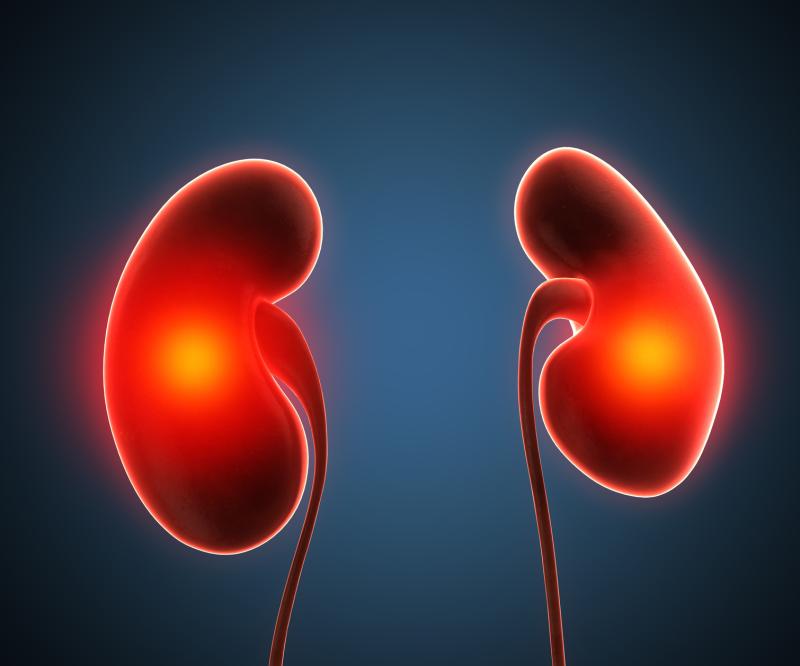
Use of proton pump inhibitors (PPIs) appears to contribute to a higher risk of developing kidney stones in a dose-dependent fashion, as shown in a study. Likewise, histamine-2 receptor antagonists (H2RAs) are associated with a risk increase, suggesting the possibility of acid suppression as an underlying mechanism.
Researchers looked at 465,891 male and female patients from the Women’s Veteran’s Cohort Study. They collected data on PPI usage over time, demographics, laboratory results, comorbidities and medication usage. H2RA use was additionally identified, while levothyroxine use was used as a negative control exposure.
PPI use conferred a heightened risk of developing kidney stones in unadjusted analysis (hazard ratio [HR], 1.74, 95 percent confidence interval [CI], 1.67–1.82). This association persisted in the adjusted analysis (HR, 1.46, 95 percent CI, 1.38–1.55) and maintained in a propensity score-matched subset of PPI users and nonusers (HR, 1.25, 95 percent CI, 1.19–1.33).
Notably, the relationship between PPI and the risk of kidney stones followed a dose-dependent pattern. Each increase in 30 defined daily doses of PPI over a 3-month period was associated with an 11-percent increase in the risk of developing kidney stones (HR, 1.11, 95 percent CI, 1.09–1.14).
The risk of incident kidney stones also increased with H2RA (HR, 1.47, 95 percent CI, 1.31–1.64) but not with levothyroxine use (HR, 1.06, 95 percent CI, 0.94–1.21).
Although there was a positive association between PPIs and H2RAs with kidney stones, the effect is small and should not influence prescribing for most patients, the researchers said.